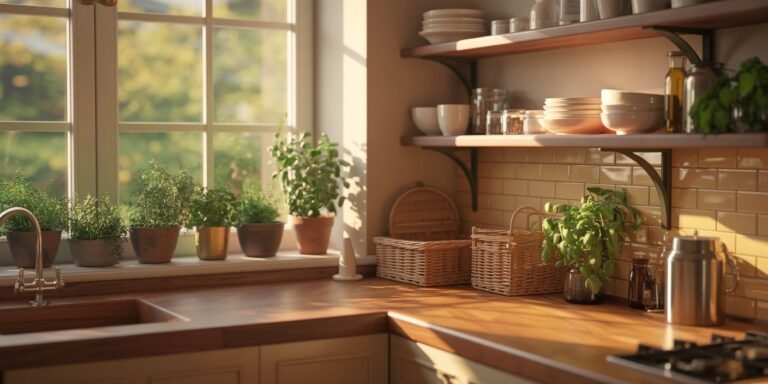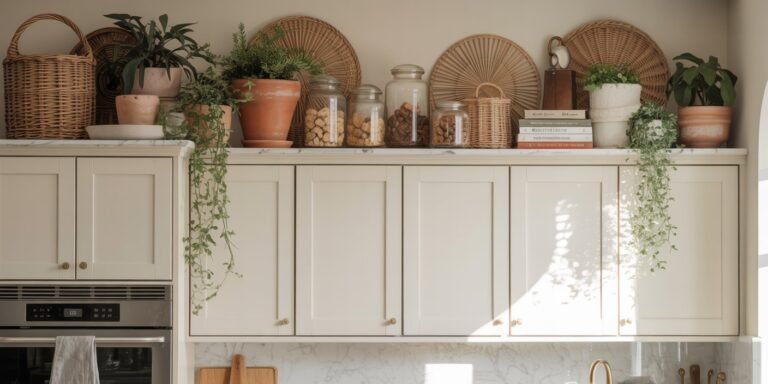I’ve always struggled with restless nights — turning, tossing, staring at the ceiling, wishing my brain would finally quiet down.
I tried everything: blackout curtains, sleep apps, meditation — but nothing truly worked for me.
Then one day, I brought a small potted plant into my bedroom almost on a whim. That single little plant changed everything.
It wasn’t just about beauty or air quality — it was the subtle way having a living presence in my room influenced my mind and body.
The leaves, the gentle green, and even the act of caring for it seemed to calm my senses.
Slowly, I realized that certain plants can actively promote deeper, more restful sleep by improving air, reducing stress, and creating a calm, natural environment.
Over the past year, I experimented with different plants, their placement, and nighttime routines. Some surprised me with how much they actually affected my sleep quality.
If you’re tired of staring at the ceiling and want your bedroom to feel like a true sanctuary, these are the plants I’ve found most effective — and how I use them to get the best night’s sleep possible.
1. Snake Plant – The Oxygen Booster
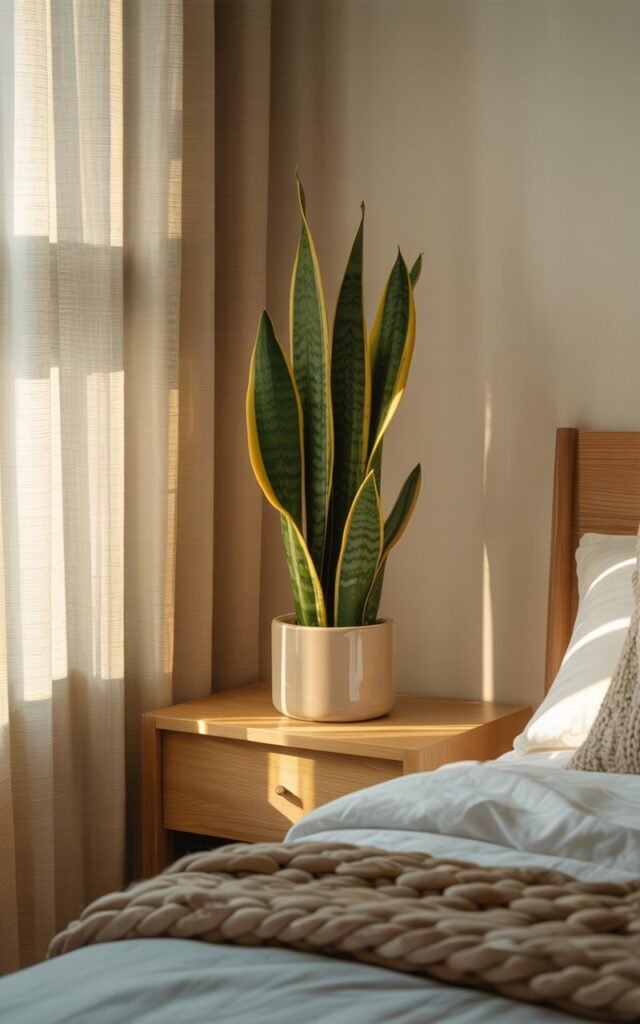
I never imagined a plant could make the air feel different, but the snake plant did exactly that.
Its unique ability to perform photosynthesis at night means it produces oxygen while I sleep — something most plants don’t do.
How I use it:
I place a medium-sized snake plant near my bed, about three feet away from where I sleep.
Its presence is subtle but noticeable: the air feels fresher, and I wake up without the usual groggy haze.
Pro tip: Snake plants are almost indestructible, so even if you forget to water it for a week, it thrives — perfect for nights when I’m too tired to think about plant care.
2. Lavender – The Natural Sleep Aid

Lavender isn’t just a fragrance in essential oils. Having a live lavender plant in my room made a bigger difference than I expected.
The soft aroma creates a calming environment without being overpowering.
How I use it:
I keep a small lavender plant on my nightstand. Each night, I lightly brush my fingers along the leaves, releasing a gentle scent.
That little action, almost like a ritual, signals to my brain that it’s time to unwind.
Pro tip: Even if you don’t touch the leaves, lavender’s presence alone improves the ambiance. Just make sure it gets indirect sunlight during the day to thrive.
3. Aloe Vera – The Low-Maintenance Sleep Partner
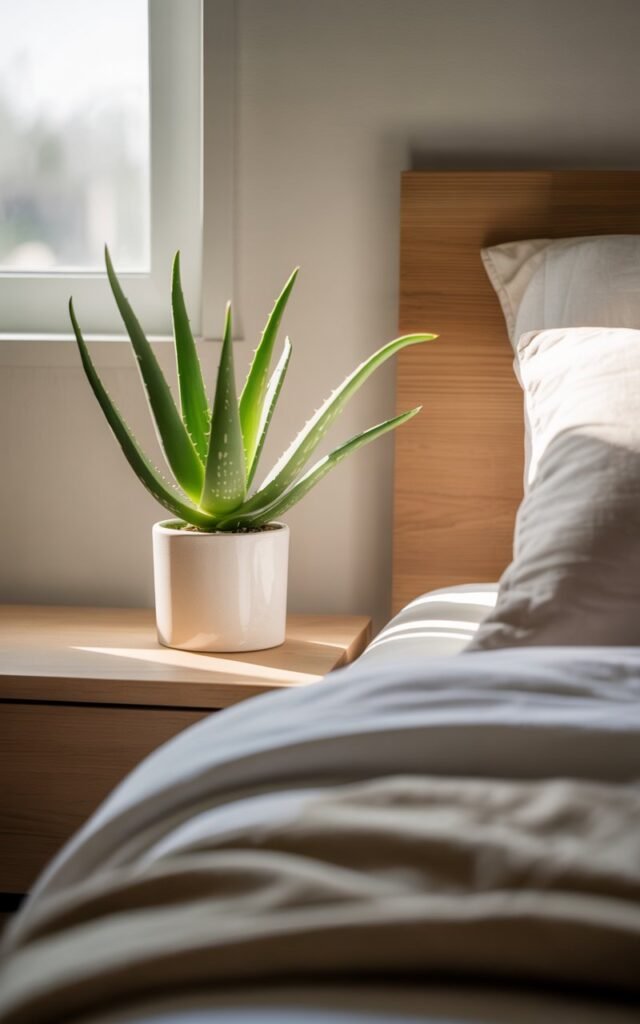
Aloe Vera became my favorite because it’s simple, quiet, and effective. Like the snake plant, it emits oxygen at night, helping the air feel cleaner.
I also noticed that its presence had a surprisingly calming psychological effect — seeing the thick green leaves made my room feel grounded and serene.
How I use it:
I keep a small aloe pot on my bedside table, away from direct drafts or heaters. I water it once every two weeks, and that’s enough to keep it happy.
Pro tip: Aloe also has the bonus of being handy for minor skin burns or cuts — so it’s like a dual-purpose bedroom companion.
4. Peace Lily – The Air Purifier with a Calm Presence
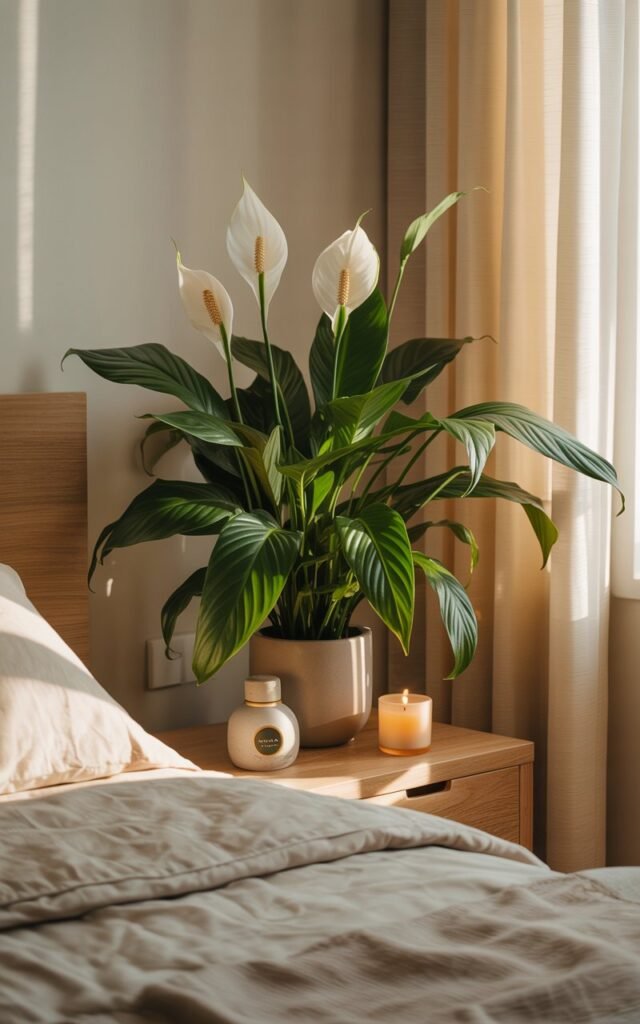
I never expected a plant could change the feeling of a room, but the peace lily proved me wrong.
Its deep green leaves and occasional white blooms create a soft visual calm that feels like a gentle exhale after a long day.
How I use it:
I place a medium peace lily in a corner where it gets filtered sunlight. The plant naturally filters toxins from the air, which I noticed makes waking up less stuffy and my room feel lighter.
Pro tip: Keep the soil slightly moist but don’t overwater. Its presence alone subtly signals to your brain that this is a space for rest and relaxation.
5. Jasmine – The Nighttime Fragrance Booster
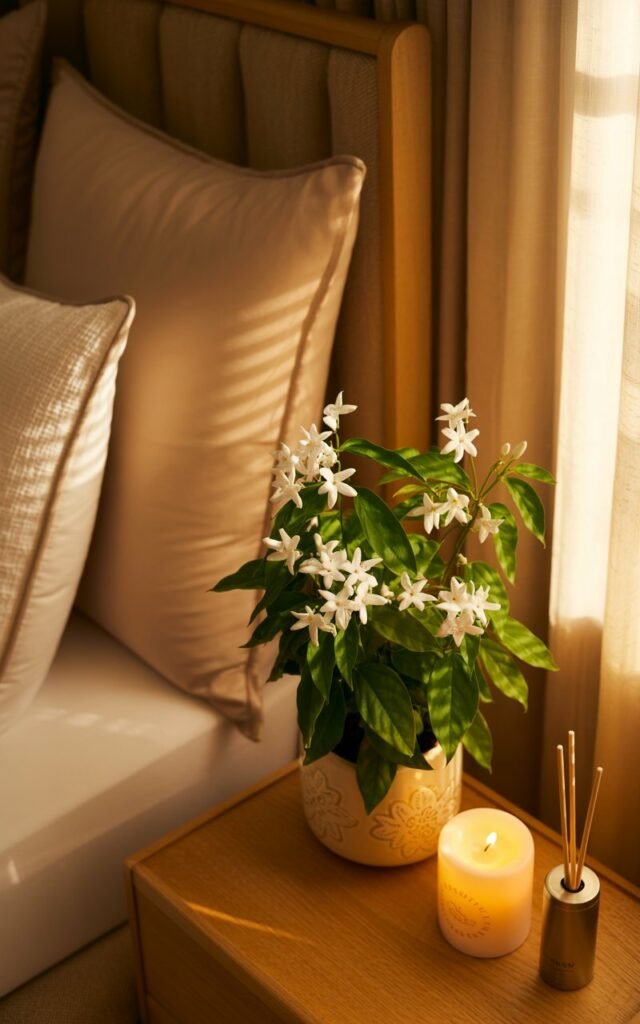
I’ve always been sensitive to strong scents, but jasmine’s subtle, sweet aroma is like a natural lullaby.
Research suggests jasmine can reduce anxiety and promote deeper sleep, and my experience proved the same.
How I use it:
I keep a small jasmine plant near a window where it gets indirect sunlight.
At night, the soft fragrance fills the room naturally, creating a calm, soothing environment.
Pro tip: If you struggle with light sleepers, keep it a few feet from the bed — the scent is strong enough to notice without overwhelming.
6. Boston Fern – The Humidity Helper

Dry bedrooms always left my throat scratchy and skin tight, making sleep uncomfortable.
The Boston fern helped me solve that problem while adding a lush, cozy vibe.
How I use it:
Place the fern in a corner that receives indirect sunlight. Its fronds release moisture into the air, naturally improving humidity levels.
I noticed that with the fern in my room, I woke up feeling more refreshed and less congested.
Pro tip: Mist the leaves lightly once or twice a week and keep it away from direct heat sources.
Its vibrant foliage also makes the bedroom feel like a small, serene jungle — perfect for mental relaxation.
7. Rubber Plant – The Subtle Stress Reliever
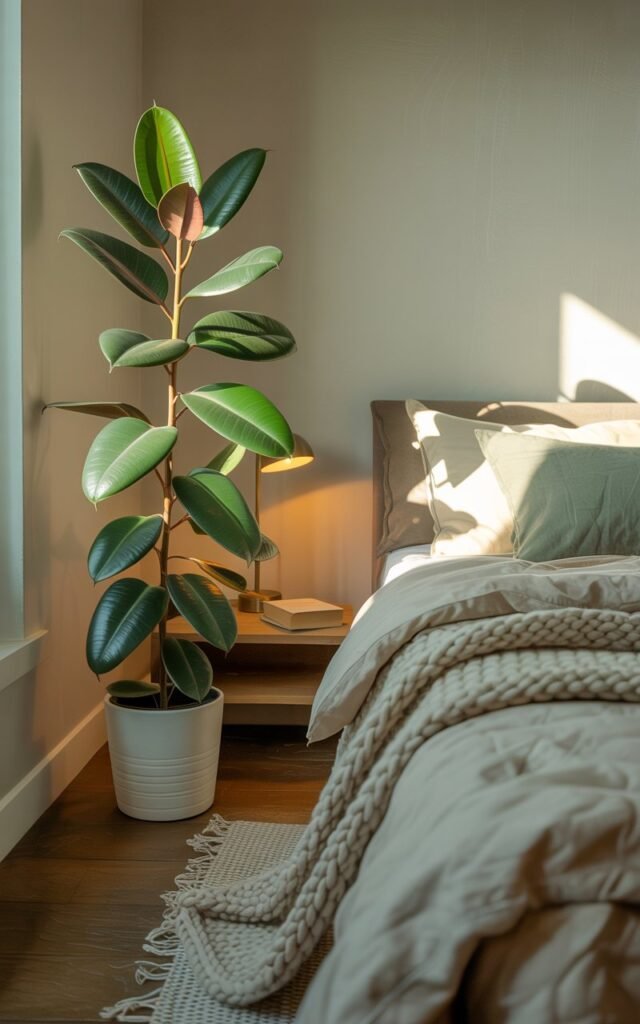
This was one of my favorites because of how it looked and felt in the space. The thick, glossy leaves bring a sense of grounding.
I realized over time that having a visually calm plant in my bedroom reduced my pre-sleep anxiety.
How I use it:
Place a small to medium rubber plant near the dresser or in a corner with moderate light.
Its low-maintenance nature makes it ideal for people like me who sometimes forget to water regularly.
Pro tip: Rotate the plant every few weeks so all leaves receive some light. Even subtle changes in greenery can affect mood more than you think.
8. Lavender Cactus Mix – The Unexpected Sleep Enhancer
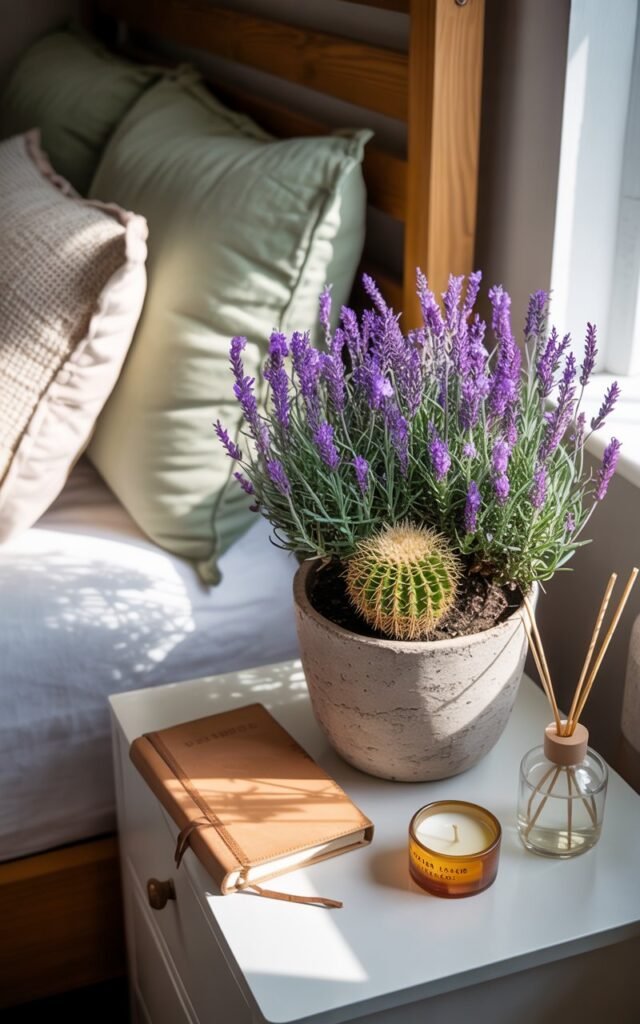
This is not a common combination, but pairing a small cactus with a lavender plant created a unique dynamic in my bedroom.
The cactus brings energy and structure to the room, while lavender adds a soft, calming influence.
How I use it:
I place the pair on a floating shelf near the bed, making them part of my nightly routine.
I take a moment to glance at the plants and breathe slowly — it signals my brain that sleep is approaching.
Pro tip: Use a shallow dish to group small plants together.
The visual appeal combined with the gentle lavender scent makes the bedroom feel intentionally serene, which positively affects sleep patterns.
Final Thoughts
Transforming your bedroom into a sleep sanctuary doesn’t have to be complicated. It doesn’t require expensive gadgets or complicated routines.
Sometimes, the simplest changes — like bringing the right plants into your space — can make the most profound difference.
Over the past year, I experimented with various greenery and discovered that certain plants can actively improve sleep quality by purifying the air, enhancing humidity, reducing stress, and creating a calm visual environment.
Each plant I mentioned has its own subtle magic, and combining them thoughtfully allows you to tailor your bedroom into a personal retreat.
Adding these plants is not just about aesthetics — it’s about building habits that gently cue your mind and body that this is a space for rest, recovery, and calm.
Even on restless nights, I notice that just having greenery nearby makes falling asleep feel easier and deeper.
Sleep is precious, and sometimes it’s the little living companions around us that make the biggest impact.
FAQ
1. Can any plant help improve sleep?
Not all plants have the same effects. Plants like snake plant, lavender, and peace lily actively improve air quality or release calming scents that support better sleep.
2. Do these plants require special care?
Most of the plants mentioned are low-maintenance. Simple watering routines and proper light are enough for them to thrive in your bedroom.
3. Can I combine multiple plants in one room?
Yes. Grouping plants with complementary benefits — for example, a snake plant with lavender — can enhance air quality and relaxation simultaneously.
4. Where should I place bedroom plants for best results?
Keep plants near windows for indirect sunlight and a few feet away from the bed for comfort. Scented plants like lavender or jasmine can be closer for natural aromatherapy.
5. Will these plants help with insomnia or sleep disorders?
While they are not a replacement for medical treatment, having plants can reduce stress, improve air quality, and create a calming environment that supports better sleep habits.


